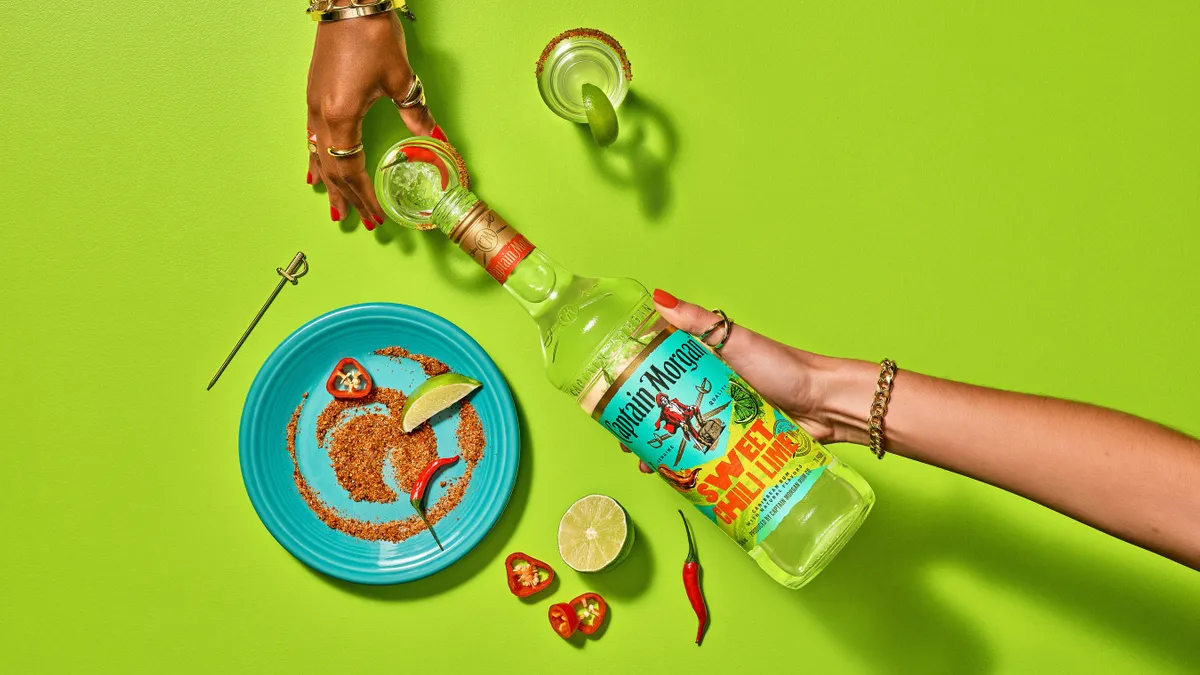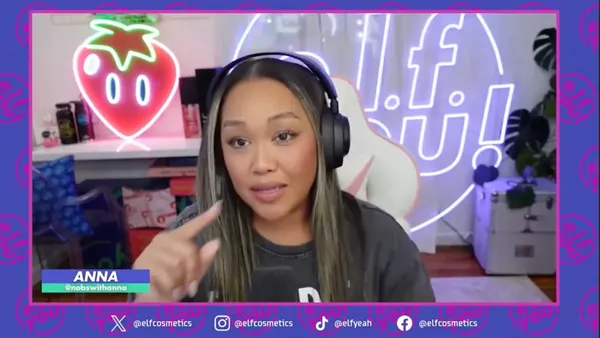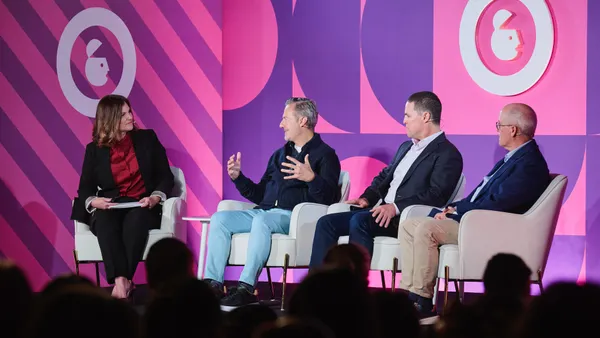Last week, online video analytics firm OpenSlate released its second annual Top 500 Brands on YouTube Industry Report. The report uses ranks the top brands' use of the popular video platform based on metrics like average subscriptions by channel, average monthly views per channel, and average views per video.
The data is also broken down by industry, so different brands can see how their competitors stack up. OpenSlate kept its measurement narrowed to non-entertainment brands whose business doesn’t depend on creating content. Essentially, this means the list is full of great examples of marketers who are using YouTube as a medium to strengthen their brand.
With that in mind, here are 4 key takeaways for marketers.
1. Google reigns supreme
OpenSlate sorts all top companies by industry: Tech, retail, automotive, etc. Companies identified in the tech category hold the most spots, with 131 of the 500. Of those 131 spots, YouTube-owner Google holds 24 — nearly a third. Channels for Chrome, Mobile, Developers, Glass, and the recruiting channel Life at Google all do well on the platform and made the top 500. Google sits at the very top of the tech list when ranked by subscribers, with the Chrome channel coming in at No. 5.
It shouldn’t be too surprising that YouTube's owner would understand how to best utilize content on the platform. Google might even have a bit of an unfair advantage with its insider information. That said, marketers who are looking for tips could still learn something from the master.
2. It takes 750 video views to gain a subscriber
To really form a relationship and gain loyalty, a brand needs to pick up subscribers as much as it needs to drive views. For quality content creators — entertainment and news, not brands — it takes about 200 views to gain one subscriber. Brands have it a bit harder. According to the report, brands only gain a subscriber about every 750 video views. That number can be even lower if the brand has paid for premium placement through YouTube’s paid ad product TrueView.
Luckily for brands though, the majority aren’t that interested in subscribers. Of those surveyed, 80% responded “no” when asked if YouTube subscriber growth is a key performance indicator when they buy media on YouTube. This could be attributed to brands not yet finding the value in subscribers. Since interaction isn’t as direct with subscribers as it is followers or fans on other social platforms, some brands don’t make gaining subscribers a priority.
3. Repurposed TV commercials make up the bulk of YouTube media buys
Of the marketers surveyed by OpenSlate, 33.2% “always” repurpose television commercials for their YouTube media buys. Those repurposed spots also make up a majority of the content on many brands channels. Only 13% of respondents claimed that they made content specifically for YouTube “often.”
Brands in the restaurant category were the most likely to have repurposed TV commercials for YouTube. Well over half of the channel content posted by brands in the restaurant category was comprised of TV spots. Business and finance brands weren’t far behind, with commercials making up 45% of their content.
4. Budgets are transitioning from TV to online video
As part of the report, OpenSlate surveyed media buyers about their habits. From that survey, 66% said that they had purchased YouTube media in the past 12 months. Of those, 41% claimed they had plans to increase spending within the next 12 months.
Those marketers who were YouTube media buyers were 49% more likely to claim that the additional money for YouTube buys would be pulled from traditional television budgets. Those findings agree with a recent IAB survey that predicted online video will be as important as traditional TV within the next three to five years.
Would you like to see more marketing industry news and information like this in your inbox on a daily basis? Subscribe to our Marketing Dive email newsletter! You may also want to check out Marketing Dive's look at 7 competitors Facebook's new mobile ad network must contend with.












